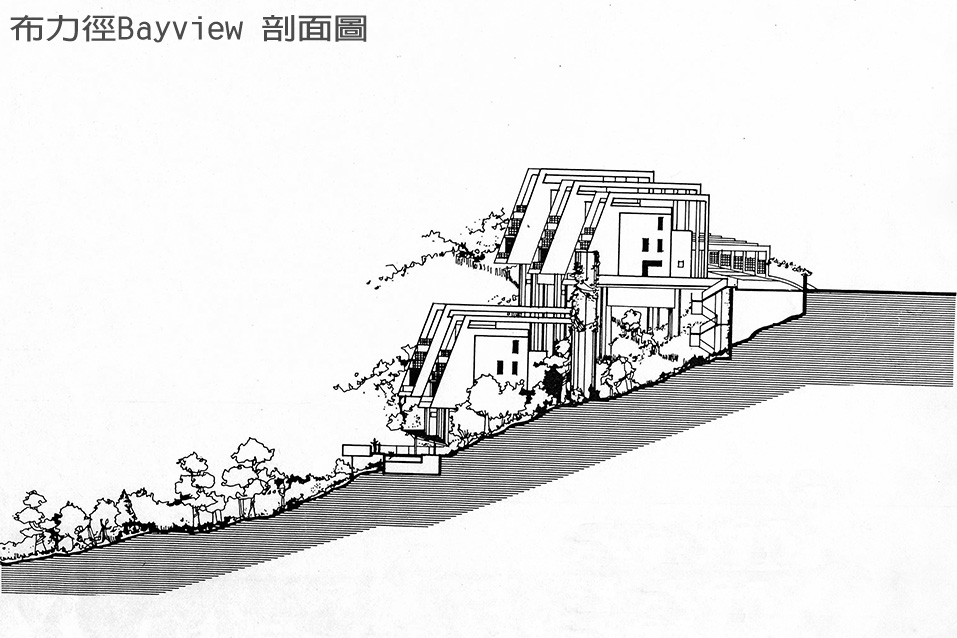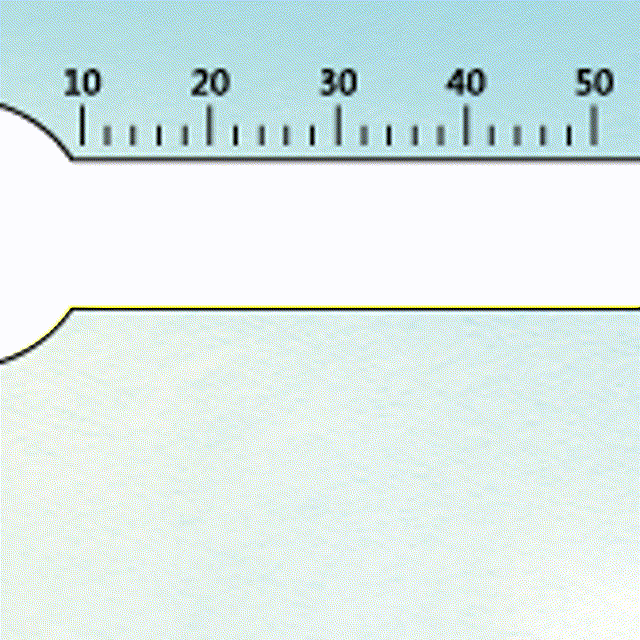
06
戛然而止的「香港建築」事業 何弢遺世檔案再考
The Abrupt End of Hong Kong’s Architectural Enterprise Re-examining the Lost Archives of Ho Tao
The ultimate influence of Metabolism and APAC on Ho Tao lies in fostering individual innovation through critical dialogue. Through interactions with other architects, Ho Tao navigated the tensions between colonial culture, Chinese tradition, and modernity, he rejected the symbolic representation of “Chineseness” in favor of exploring the cultural capacity of space.
/ By Charles Lai
1970至2000年間,香港建築師何弢(1936~2019)可謂家喻戶曉的文化標誌人物。他不僅活躍於建築領域,更深度參與文化藝術、都市發展等公共議題的論辯。然而2002年於中國大陸工作期間中風後,這位跨界先驅驟然淡出公眾視野,其思想貢獻長期未被系統性梳理。直至2019年何弢辭世後,我獲得家屬許可開始研究他的遺留檔案—當目睹從辦公室與書房清出的幾十箱未經分類的原始資料時,既驚嘆於這座研究寶庫的豐厚,也意識到這將是場耗時數年的學術工程。經過數年爬梳,我們發現何弢檔案的特殊價值絕非僅限於香港地域範疇。從中至少可提煉兩大國際性和跨域性觀察:其一,透過其師承Walter Gropius與Sigfried Giedion的學脈,能重新審視現代主義建築大師在思想傳播中較少被討論的深層影響;從何弢在亞洲建築師群體-亞洲城市規劃與建築聯盟Asian Planning and Architectural Collaboration (簡稱APAC)的參與可以看到區域中的建築師的互動APAC雖未形成宣言式運動,卻存在著微妙的思想共振網絡。這種無形的思想交流網絡,正是何弢建築理念(尤其是80年代)形成的重要背景。
文、圖/黎雋維(香港建築師、建築歷史學者及文化評論人)






